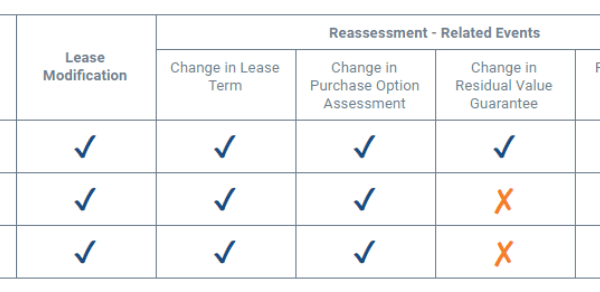This post originally appeared on Marketplace Advertiser, Connected Real Estate Magazine and is republished with permission. Find out how to syndicate your content with theBrokerList.
console.debug(‘TRINITY_WP’, ‘Skip player from rendering’, ‘is single: , is main loop: 1, is main query: 1’);console.debug(‘TRINITY_WP’, ‘trinity_content_filter’);
Flexible work space has been come a popular alternative for businesses looking to return to an office environment following the COVID-19 pandemic. Jamie Hodari, CEO of shared office provider Industrious, deemed the increased enthusiasm for flex space an “extraordinary rush” to the CRE sector, GlobeSt.com reports.
Hodari told CBRE’s Spencer Levy in a recent podcast that Industrious tripled its pre-COVID sales average in June. The firm’s monthly sales figures bounced back from COVID-related downturns in April, and have been moving in a more favorable direction since then.
“I have to think we’ve hit the ceiling,” Hodari said during the interview. “There’s no way we’re going to hit four or five times, but you never know. But yes, we are in the heart of a moment right now where there’s an extraordinary rush to use flex. It’s pretty widely distributed. There are some cities that are lagging, but it’s happening all across the country. They are definitely buying flex in volumes that exceed what you saw pre-COVID.”
Despite reports of New York’s woeful office vacancy numbers, the Big Apple has been a key location for Industrious, GlobeSt.com reports. Its locations are currently 97% occupied, compared to a 40 to 45% mark during the height of pandemic, Hodari said. The executive noted that the boost happened, “very quickly.”
“It probably took eight weeks from trough to peak.,” he said.
Meanwhile, “outlier cities” like Bellevue and Austin have “almost filled up overnight,” Hodari said. Additionally midsize and bigger cities like Charlotte, Atlanta and Dallas where companies have wanted to have an office, but never got one have done well during the last 18 months. Cities like San Francisco remain difficult to flexible office providers, however. Hodari said the struggle is due to the fact that, “you could just sleepwalk into a sublease for, you know, 70% off of pre-COVID rates.”
The pandemic activated secondary and tertiary markets, according to CBRE’s Christelle Bron. Such areas usually provide workers with a more desirable lifestyle than gateway cities. They also allow businesses to hire from a lower-cost labor pool, GlobeSt.com reports.
“We see them saying, I want a broader network of employees, I want a broader reach and I’m going to use flex to test those markets,” Bron said. “I don’t have to make a decision. I can just go and test the market and see how it goes. So smaller offices, wider footprint, wider network, tons, tons of requests for international offices. Easily, a third of the requirements we get from our clients are for European, Asia, Latin markets.”
Joe Dyton can be reached at [email protected]
The post Analysis: why businesses are rushing to flex office space appeared first on Connected Real Estate Magazine.



